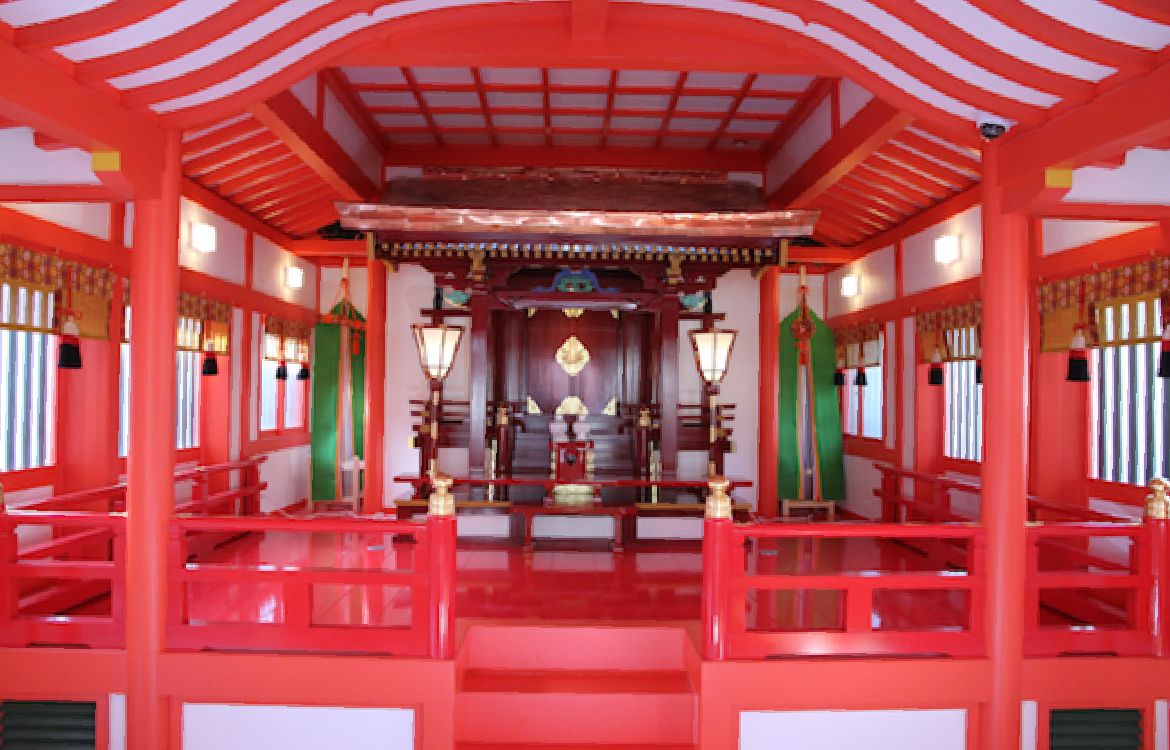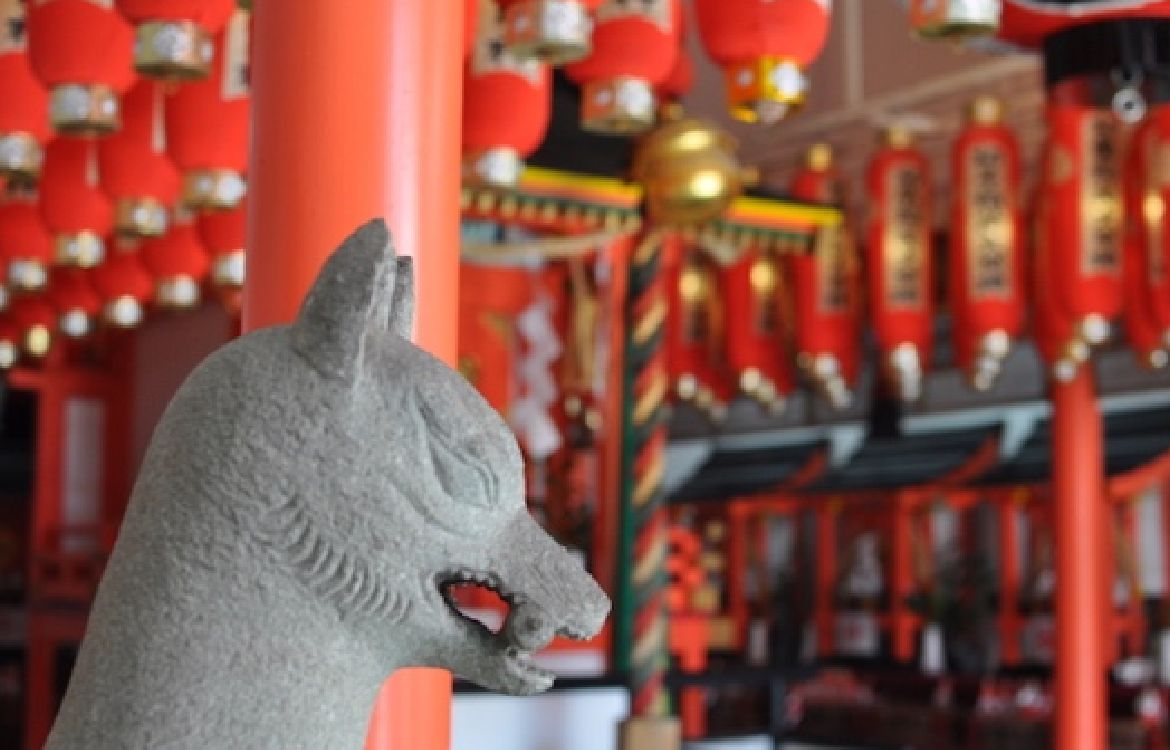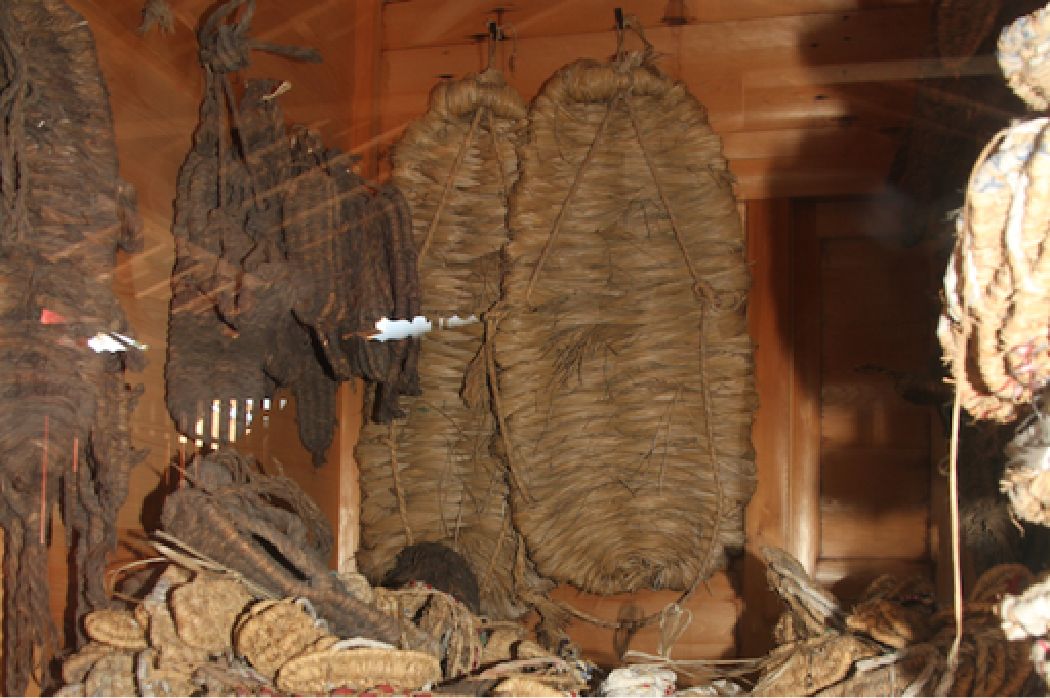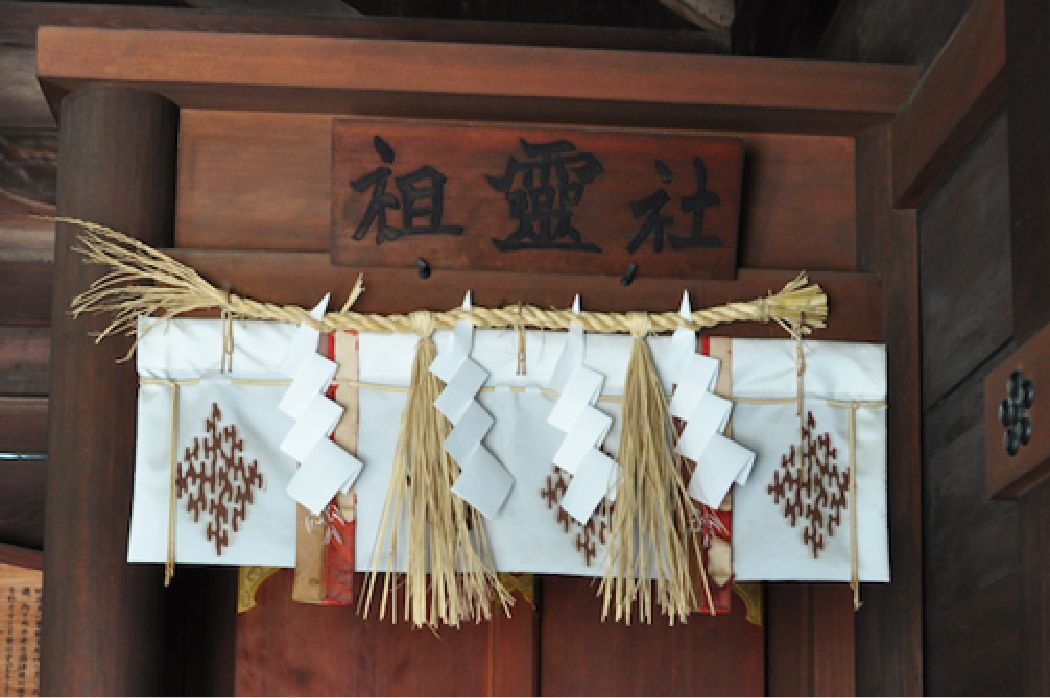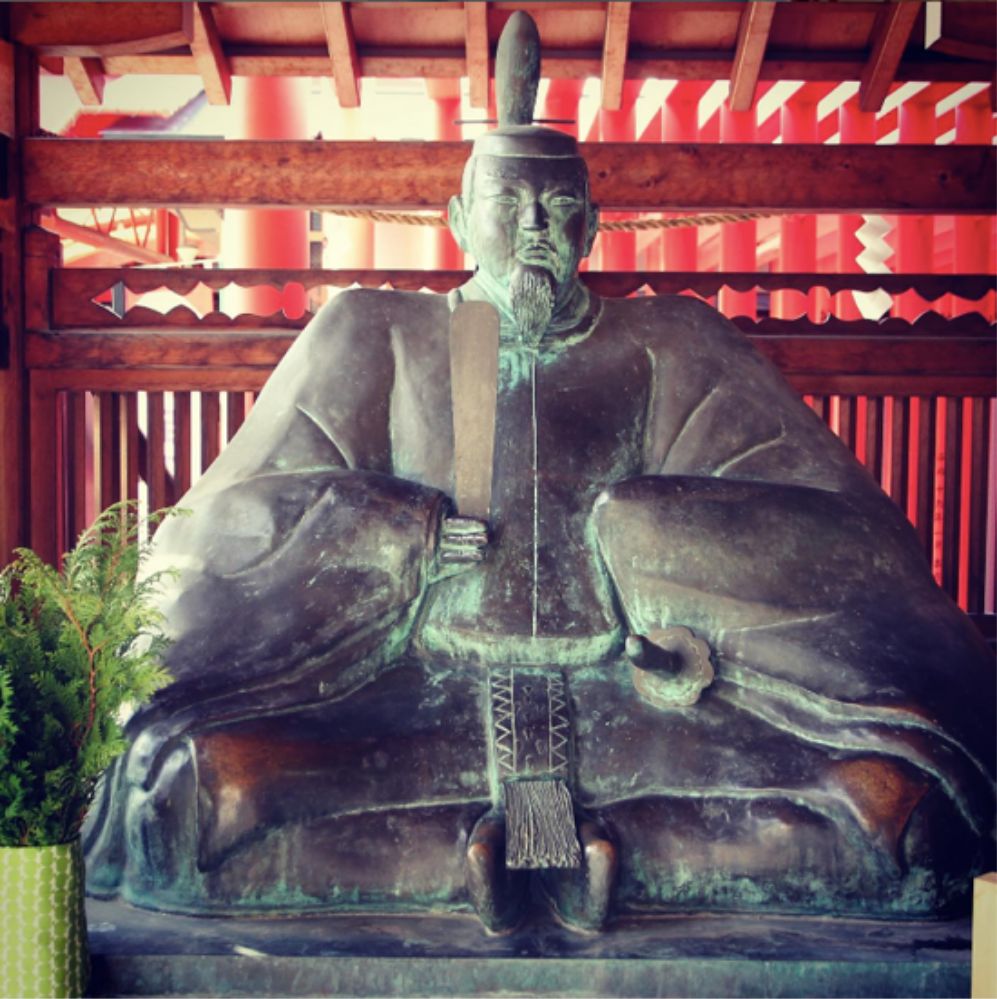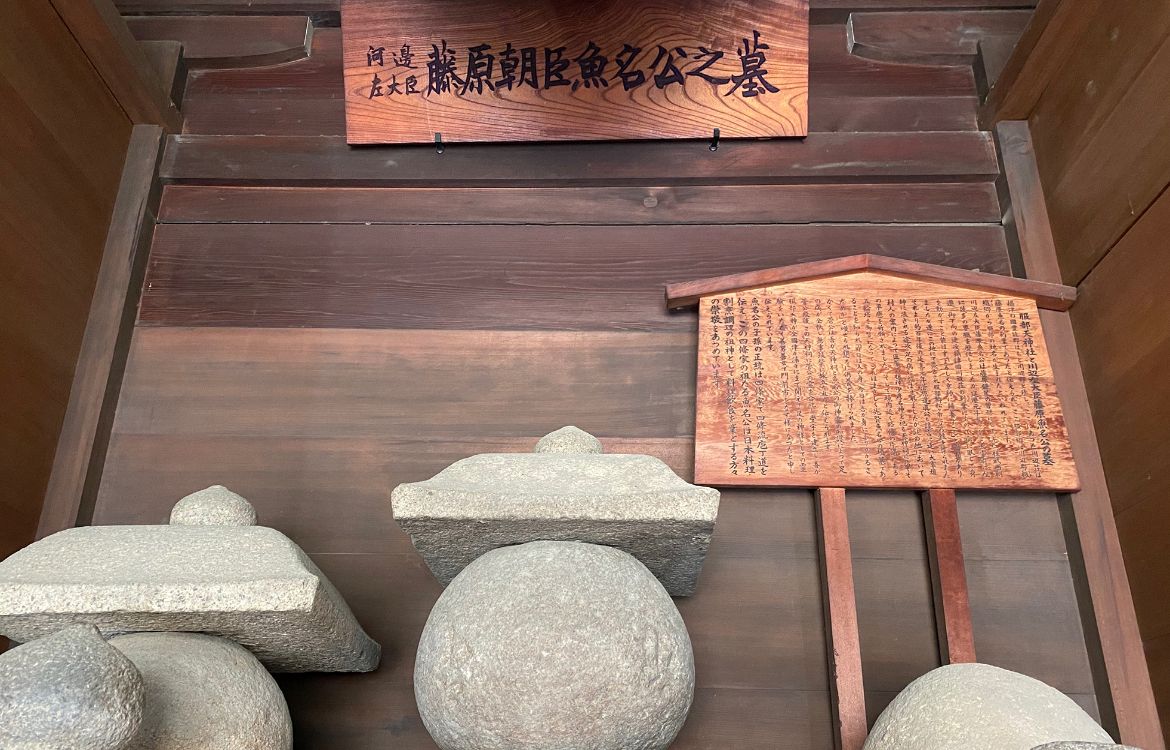Main Sanctuary
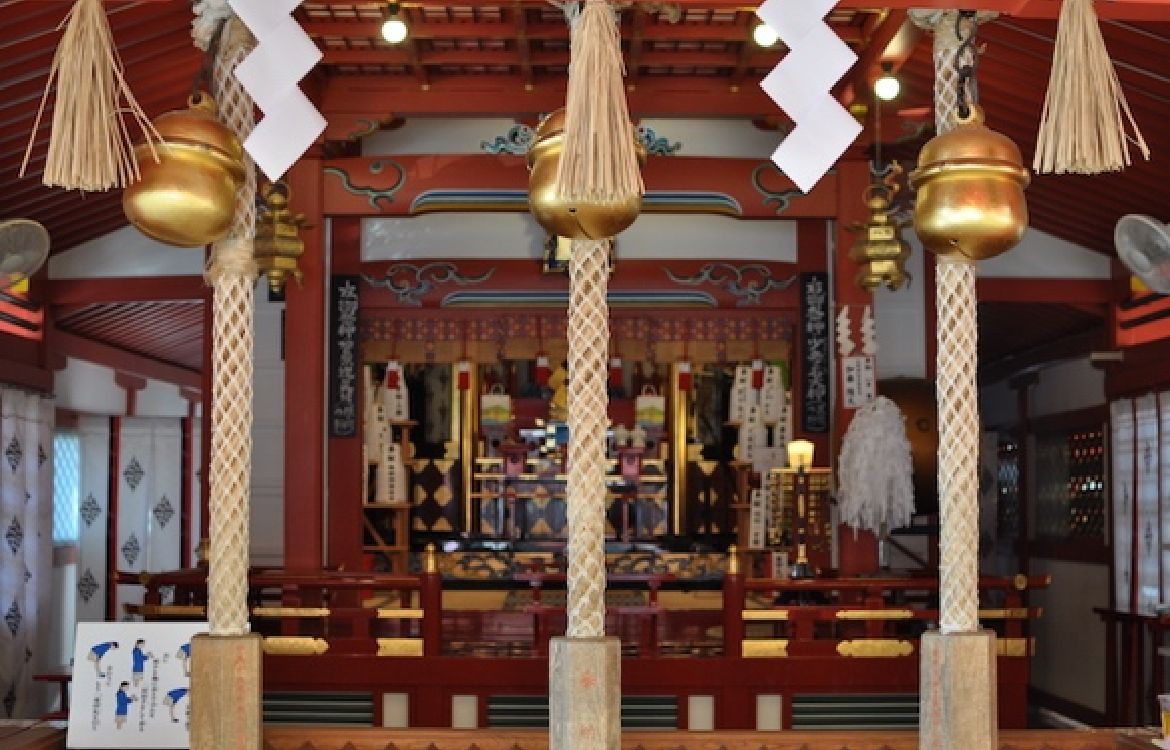
The main sanctuary was built in 1827 with donations from supporters. The main shrine enshrines Sukunahikona and Sugawara Michizane. In 901, Sugawara Michizane was on his way to his new post in Fukuoka. Partway at Hattori, he could no longer walk due to a leg ailment. He prayed for the recovery of his leg and paid deep respect to the divinity of Sukunahikona. His leg gradually recovered and he left Hattori and arrived safely at Dazaifu, Fukuoka. After his death in 903, the Tenjin faith (which pays deep respect to Sugawara Michizane as a divinity) spread all over the country. Villagers brought the divinity of Sugawara Michizane and set up the “Hattori Tenjingu Shrine”. The reputation of Hattori Tenjingu Shrine grew during the Edo period and has kept up to the present day.
